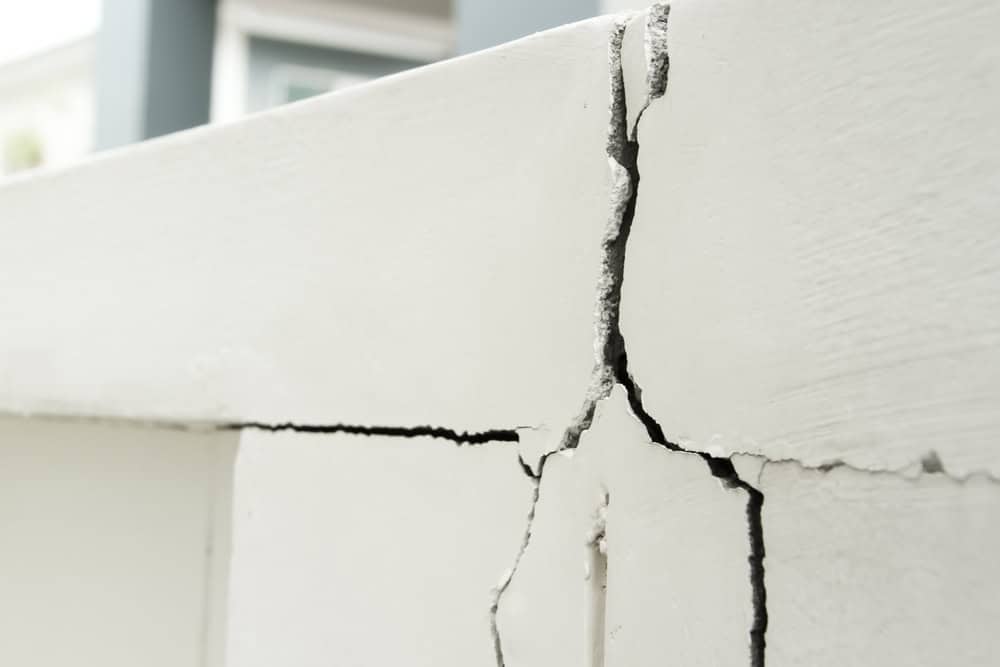Cracks in Your Home: Understanding the Potential Risks

Many homeowners dismiss thin cracks in their walls, ceilings, or roofs as insignificant. However, even a small crack could be a warning sign of a larger, underlying issue. Recognizing the type of crack and understanding its implications is crucial for maintaining the structural health of your home. Below, we explore the three primary types of cracks and what they might mean.
1. Diagonal Cracks
- Characteristics: Diagonal cracks are often seen cutting across the material of the structure, forming angled lines.
- What It Means: In most cases (about 99%), diagonal cracks indicate a structural problem. These cracks signal stress in the building’s load-bearing components.
- Next Steps: The good news is that the cause of diagonal cracks is usually straightforward to diagnose. Contact a structural professional immediately to identify the root cause and recommend needed repairs.

2. Vertical Cracks
- Characteristics: Vertical cracks run straight up and down, following the natural line of gravity.
- What It Means: Vertical cracks can have dual causes. While they might result from structural concerns, they are also commonly caused by the contraction or shrinkage of construction materials, making them potentially less serious than diagonal cracks.
- Next Steps: These cracks should still be inspected by a professional, as it is essential to rule out any structural deficiencies and prevent further damage.

3. Horizontal Cracks
- Characteristics: Horizontal cracks appear as straight lines along the wall or ceiling, parallel to the ground or floor level.
- What It Means: Horizontal cracks are typically the result of structural problems but are less likely to indicate an immediate failure or collapse of the structure compared to diagonal cracks. They can still signal pressure-related issues, such as soil movement or stress on foundational elements.
- Next Steps: Prompt action is necessary to prevent worsening of the condition. A qualified expert can provide a deeper diagnosis and suggest appropriate repairs.

Why Prompt Action Matters
Identifying the type of crack gives an initial insight into the extent of the damage, but it is essential to engage a professional inspector or structural engineer to confirm the cause. Ignoring cracks, regardless of their size, could lead to more severe structural weaknesses, costlier repairs, and potential safety hazards in the long term.
By addressing cracks as soon as you spot them, you can ensure your home remains safe, stable, and in good repair. Remember, even the smallest crack has a story to tell—make sure you listen!